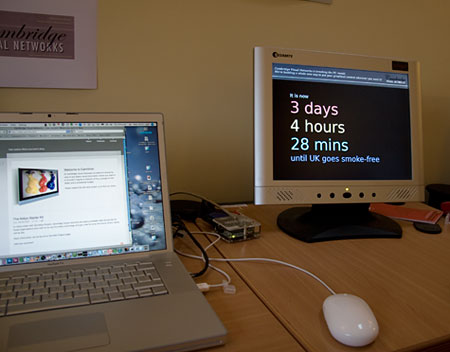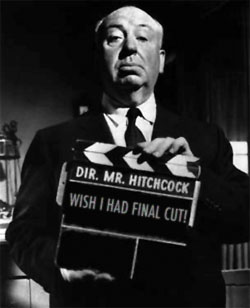Apple’s iChat AV allows you to make video calls. I often have problems because I’m usually behind firewalls but when it works, it’s very good. And most Apple machines have built-in cameras which make it a low-hassle process.
For those who have Macs without a camera, however, there’s more of a problem, because Apple’s (excellent if pricey) Firewire iSight camera was discontinued a little while ago, and iChat didn’t support anything other than Firewire inputs. So what do you do if you have a Mac Mini? Or an older Mac without a camera? It’s hard to find Firewire cameras these days, and using a camcorder is a bit messy.
Well, the good news is that, as of the 10.4.9 Mac OS X update, USB cameras are supported, at least if they’re recent ones and conform to the standard USB 2.0 video protocols. The Xbox Live Vision Camera is confirmed to work, and I’ve just ordered a used one from eBay to try out.
(Other USB cams have been and are supported if you install third-party drivers, but drivers are not normally something that Mac users have to bother with, so we get out of the habit and view them with slight suspicion…)


 Converting video between different formats can be a challenging experience, particularly since it’s also rather time-consuming. You may have to wait hours to find out that what you were trying didn’t really work, and you have to start again.
Converting video between different formats can be a challenging experience, particularly since it’s also rather time-consuming. You may have to wait hours to find out that what you were trying didn’t really work, and you have to start again. 
Recent Comments